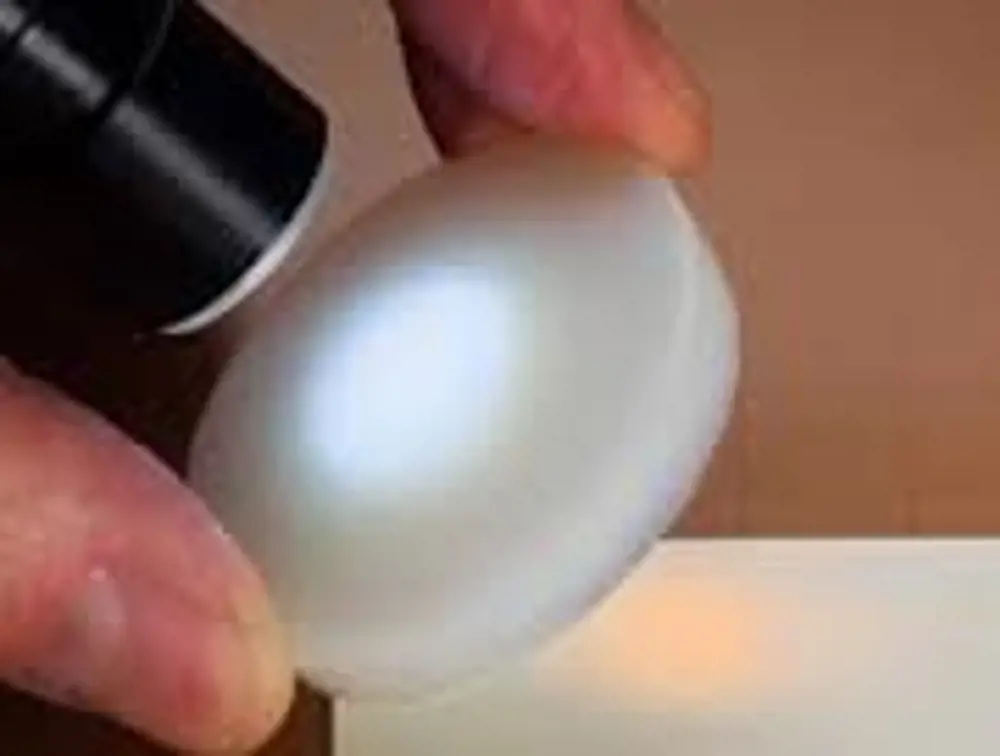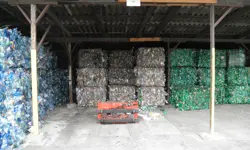
Aerogels

Dubbed 'Frozen Smoke', aerogels are among the lightest known solid materials. They are extremely porous, very low in density, solid to the touch and make good insulation materials.
In 1931, Samuel Kistler found that it was possible to remove the liquid from gels. By increasing the temperature and pressure, he forced the liquid into a supercritical fluid state, with properties of both a liquid and a gas. By partially dropping he pressure he was able to remove most of the fluid as the vessel was slowly depressurized and cooled. With the temperature still elevated, any remaining fluid reverted to a gas phase instead of a liquid phase and on cooling to ambient temperatures so that a solid aerogel was left behind.
His discovery has recently found applications in catalysts, sensors, thermal insulation, electrical conductors, and for water treatment. NASA has used aerogels to insulate their Martian Rovers from extreme temperatures. The recently completed Stardust mission returned pristine space dust from a comet safely trapped in an aerogel net. Another NASA project the Hypersonic Inflatable Aerodynamic Decelerator, is working on a re-entry vehicle where an aerogel coating would help protect the craft from overheating.
Possible future uses for aerogel include de-icing wings of airliners with a conducting aerogel to warm the wing surfaces to prevent ice from forming
Possible future uses for aerogel include de-icing wings of airliners with a conducting aerogel to warm the wing surfaces to prevent ice from forming. The high surface area of carbon nanotubes embedded in an aerogel structure has been found to enable supercapacitors that can be charged to power mobile phones in under 30 seconds.
***
This article has been adapted from "How does that work? Aerogels", which originally appeared in the print edition of Ingenia 61 (December 2014).
Keep up-to-date with Ingenia for free
SubscribeRelated content
Materials

Recycling household waste
The percentage of waste recycled in the UK has risen rapidly over the past 20 years, thanks to breakthroughs in the way waste is processed. Find out about what happens to household waste and recent technological developments in the UK.

Diamond technology: beyond hardness
Diamond is being used in an increasing variety of industrial and technological applications, due to other properties in addition to its hardness. The UK is home to a wide range of diamond research, development and synthetic diamond production activities.

A lot more than lubrication
The control of friction and wear in mechanical systems by lubrication and surface engineering has led to safer, faster transport as well as medical innovations. Ian Hutchings FREng, GKN Professor of Manufacturing Engineering at the University of Cambridge, highlights the progress and some failures of the important discipline of tribology.

Toughened glass
A stronger version of standard glass, toughened glass is ideal for use where greater strength or safety is needed. Learn how thermal and chemical treatments enhance strength, safety and durability for various applications.
Other content from Ingenia
Quick read

- Environment & sustainability
- Opinion
A young engineer’s perspective on the good, the bad and the ugly of COP27

- Environment & sustainability
- Issue 95
How do we pay for net zero technologies?
Quick read

- Transport
- Mechanical
- How I got here
Electrifying trains and STEMAZING outreach

- Civil & structural
- Environment & sustainability
- Issue 95